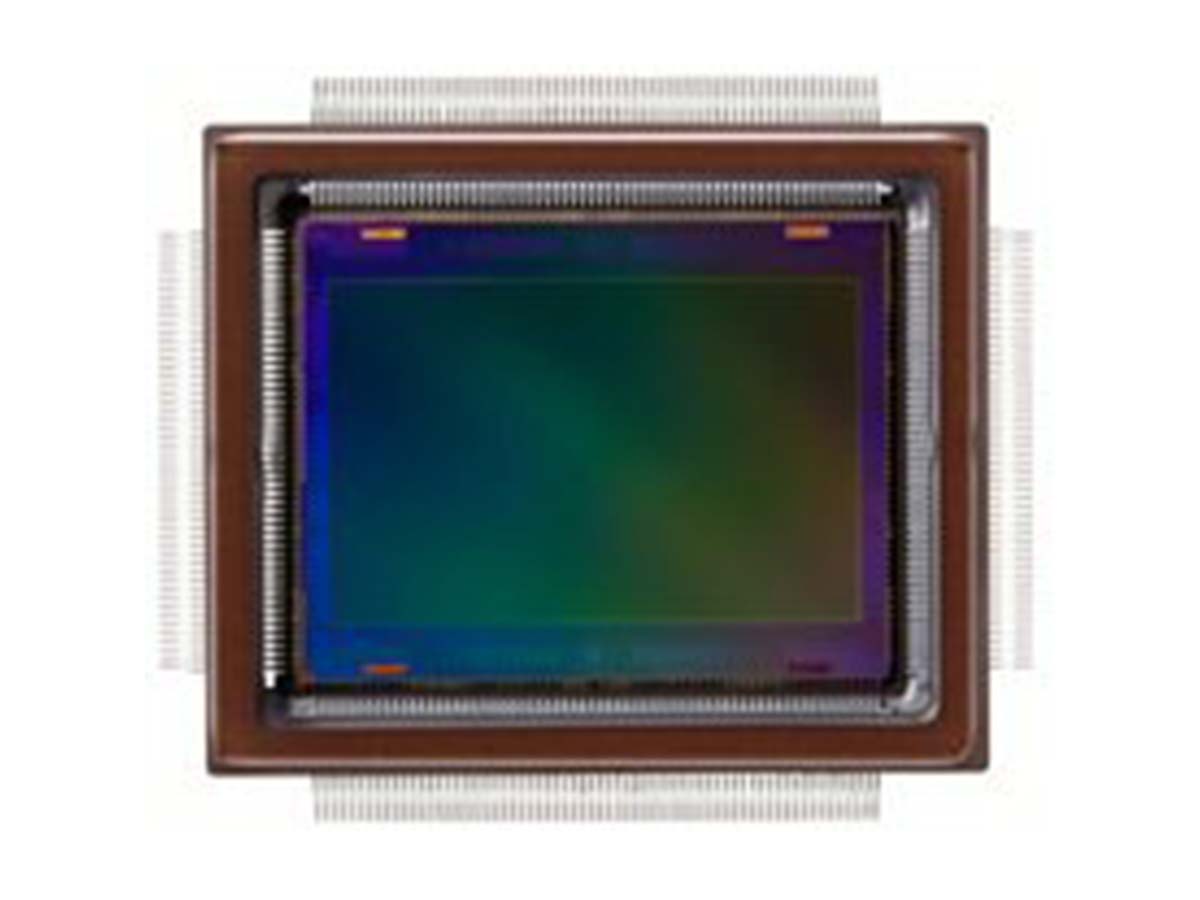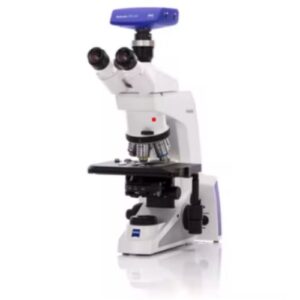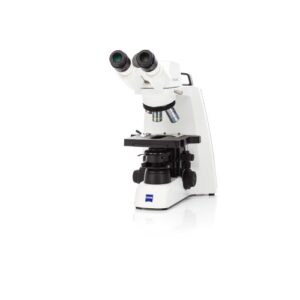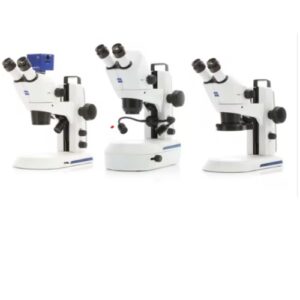Megapixel Meltdown: Cannon announces the release of a 250 megapixel sensor
With the recent release of a 250 megapixel sensor, the world of microscopy will never be the same. Or will it? Although microscope users will continue to demand higher resolution cameras it is not the primary factor for comparison.
For years consumer electronics have lead the way in educating people in the standards for how to evaluate a camera. The most common standard – megapixels. Consumer camera manufacturers make little to no mention of the lens, resolving power, sensor noise, dynamic range, sensitivity or anything that actually influences quality images. So when Canon releases a 250 megapixel sensor, consumers immediately assume more is better – and that sensor should be connected to the microscope!
Although the 250 megapixel sensor will allow an investigator to make a high resolution print the size of a small house, it will not allow said investigator to learn more about the sample in the image.
Resolving power of optical system influences the need for sensor resolution
Although camera sensors are amazing at capturing the detail in an image provided by a series of lenses, the series of lenses dictate the resolving power of the system. In short, unless the optical system is capable of resolving to the level of the camera pixel, the camera’s pixels are wasted. There could be more than one pixel capturing the same exact feature on the sample, providing your image a lot of pixels, but not a lot of data.
Thankfully smart people who know numbers have worked out the details of digital sensors in microscopy. Some important equations are below:
Optical Resolution (um) = (0.61 * wavelength)/(NA)
Object size (um) = (Optical Resolution * Objective Magnification (i.e. 63X)/(c-Mount Adaptor)
Nyquist Sampling Frequency: Object size/2.3 = Pixel Size to Resolve Object (um)
Alternatively, if one would simply prefer plug numbers into a calculator, there is a web based calculator available also. Or for more information, Photometrics has an excellent learning zone dedicated to matching resolution.
In the case of the Canon sensor, the pixels are about 1.49 microns across, so in the case of a compound microscope with a 10X objective lens with a numerical aperture of 0.4 and a lens free 1X c-mount, the ideal pixel size would be 3.646 microns. Or in the case of a stereo microscope with a 1X objective lens ideal pixel size would be about 3.5 microns.
At 1.49 microns, the 250 megapixel sensor is at least 2X over sampling at low magnification and 8X over sampling at high magnification. Furthermore, this behemoth sensor is so big (29.2 x 20.2 mm) that it would require a magnifying intermediate lens to avoid vignetting – making the pixel size over sampling problem worse.
Microscopes are made for imaging molecules, not mountains
Nothing is more awesome than one upping a friend as it relates to Megapixels. If this were not true, Apple would not have released an iPhone with 4K streaming and a 12 megapixel sensor. Nothing like megapixels to make someone feel like their phone is obsolete…
From the calculations above it’s clear that there is a limit to the value of megapixels as it relates to resolution. In the case of the 250 megapixel sensor, the developers never intended for the sensor to go onto a microscope, since they cite the sensors ability to read a serial number off an airplane from 11 miles away. Ideally Canon’s 250 megapixel sensor would be used for telescopes, not microscopes.
When considering the specialized optics of light microscopes there are practical limits to resolution. Cameras that go beyond the three micron pixel size limit are simply offering users bragging rights, because there is not benefit to additional data.
Real factors to consider when evaluating a camera
While megapixels are a simple number to digest and compare across many different products, there are other factors to consider:
- Quantum Efficiency
- Read noise
- Signal to noise ratio
- Full well capacity
- Dark current
- Pixel size
- Sensor size
All of these factors contribute to what many people will consider to be a beautiful image. Inky blacks with vibrant whites all while providing the field of view and resolution that is enough to record data.
Trust W. Nuhsbaum, Inc.
Choosing a camera can be intimidating, but the process can be made easy by consulting with the team of microscope and imaging specialists from W. Nuhsbaum, Inc. Trust the experience of W. Nuhsbuam, Inc to weather the technology winds of change and advise on the proper technology for your experiments.




